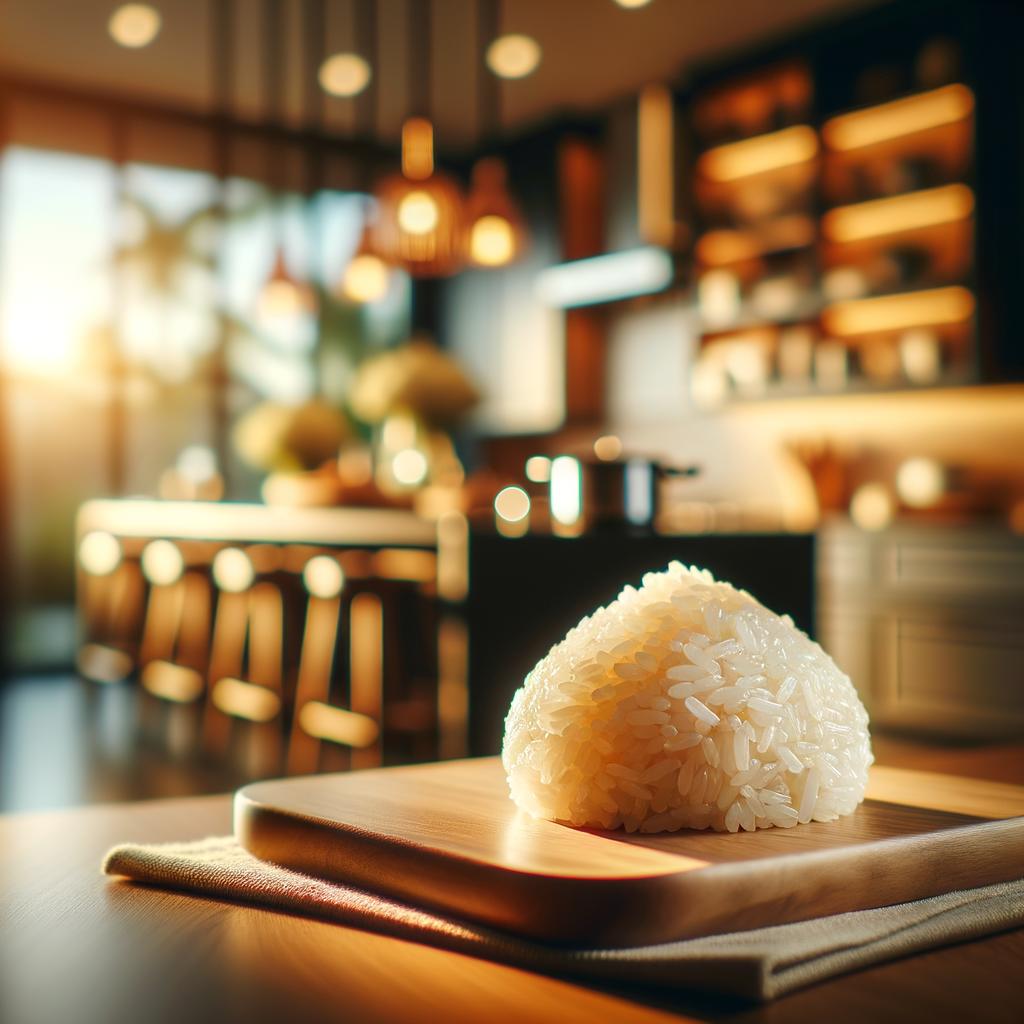Sweet Sticky Rice

Description
Sweet sticky rice, also known as glutinous rice, is a charming and versatile ingredient that has captured the hearts of many cultures. Despite its name, it does not contain gluten. The word "glutinous" refers to its glue-like, sticky texture after cooking. This rice is short-grained and pearly white, with a translucent quality that becomes more pronounced when cooked. Its flavor profile is mild and subtly sweet, providing a gentle canvas for a myriad of flavors it is often paired with. What sets sweet sticky rice apart from other rice varieties is its high amylopectin content, a type of starch that gives it its distinctive stickiness and chewiness.
Primary Uses
Sweet sticky rice takes center stage in a wide array of dishes spanning multiple cuisines. It's commonly used in Southeast Asian cooking, notably in Thai, Lao, and Filipino desserts. It's the key component in 'mango sticky rice', a beloved Thai dessert, and 'biko', a Filipino rice cake. In Japan, it's used to make 'mochi', a traditional sweet treat. Apart from its culinary use, in some cultures, sweet sticky rice is also used in religious rituals and offerings due to its pure white color symbolizing purity and goodness.
History
The history of sweet sticky rice is as sticky as the grain itself, deeply intertwined with the cultures that have cultivated it. Originating in Southeast Asia, it has been grown for over a thousand years. In ancient times, it was considered a special grain, often reserved for sacred rituals and celebrations. Over time, its use spread across Asia, where it became a staple in many traditional desserts. There are many folklores associated with this rice, like the Lao legend of a sticky rice variety that helped a hero win a dragon boat race by providing him with enough energy to outlast his competitors.
Nutritional Information
Sweet sticky rice is not just a culinary delight but also a nutritional powerhouse. It's a good source of energy due to its high carbohydrate content. It also provides essential minerals such as manganese, which aids in bone health and metabolism, and magnesium, important for muscle function and mood regulation. While it has a higher glycemic index compared to other rice varieties, it's also more filling, which can aid in portion control. When paired with fiber-rich foods like fruits and nuts, it can be part of a balanced diet. Its nutritional profile makes it a cherished ingredient, not just for its taste and texture, but for its nourishing qualities as well.

